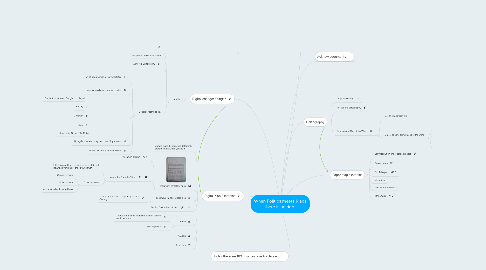
1. Today there are 189 disputes over borders etc
2. Digital changes things?
2.1. Google
2.1.1. Google has localised versions for 200 countries
2.1.2. Responds to different beliefs
2.1.3. Agnostic Cartography
2.1.4. Google's Methodology
2.1.4.1. The view of geographically relevant states
2.1.4.1.1. Is there a dispute?
2.1.4.1.2. If no recognised dispute locally still go to 2 and 3
2.1.4.2. The view of internationally authoritative bodies
2.1.4.3. Primary Local Usage rule
2.1.4.3.1. Contact someone at Google on policy via EP
2.1.4.3.2. Primary
2.1.4.3.3. Common
2.1.4.3.4. Local
2.1.4.3.5. Informed by Google MapMaker
2.1.4.4. Legal constraints may result in multiple views
2.1.4.5. No firm weighting between the 3
3. What is the key proposition?
3.1. Political Geography is assertion not physical observation
3.1.1. Borders are man made not engraved on the ground in perpetuity
3.1.2. Place names and street names often reflect current political status.
3.1.3. Closer to home a dispute over usage of English or Welsh language place names
3.1.4. Representations of disputed borders can be a clue to the age of a map
3.2. Things have changed with digital, or have they?
4. Digital Map Examples
4.1. Google maps 32 countries differently depending on where you log in
4.2. India Govt threatens fines
4.2.1. Kashmir/Pakistan
4.2.2. Arunachal Pradesh/China
4.2.2.1. Both Chian and India prohibit maps that do not show their versions of the "ground truth"
4.2.2.2. 3 map versions
4.2.2.2.1. Chinese version
4.2.2.2.2. indian version
4.2.2.2.3. Rest of the World with dotted lines
4.3. Nicaragua invades Costa Rica
4.3.1. Dispute dates back to beginning of 19th Century
4.4. Arabian Gulf vs Persian Gulf
4.5. Crimea
4.5.1. Google adopts dual representation of borders within a month
4.5.2. OSM Approach
4.6. Guyana
4.7. Jerusalem
5. Cartography
5.1. Objective reality?
5.2. Politics and cartography
5.3. International Map of the World
5.3.1. Get an image from TH
5.3.2. Similar to early digital maps of the world
5.3.2.1. Digital Chart of the World
5.3.2.2. WhereOnEarth GeoPlanet
5.3.2.3. TeleAtlas
5.3.2.4. Navteq
